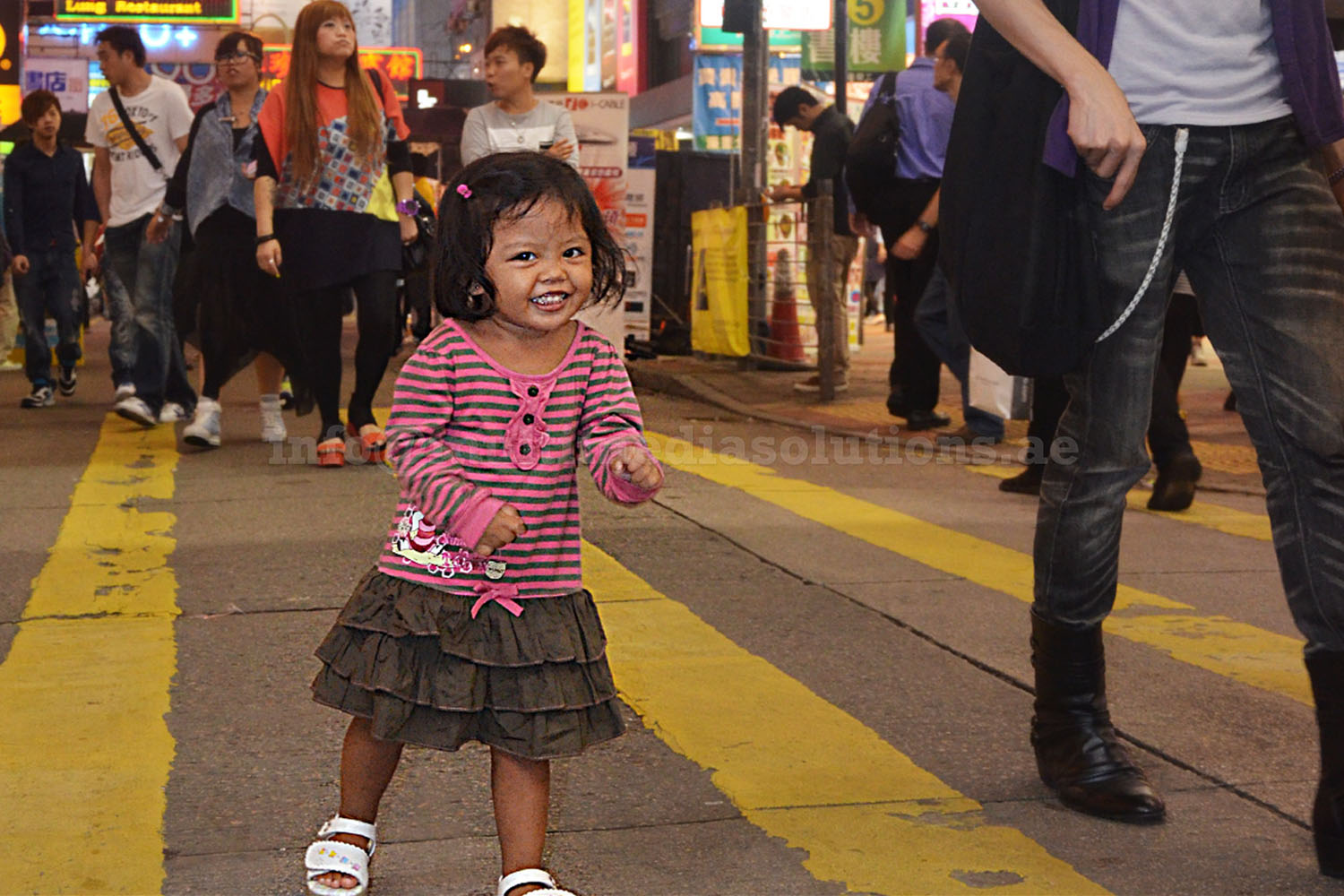I used to dread sorting laundry but this Joseph Joseph basket has changed everything – and it’s down to £76 on Amazon right now
Say goodbye to last-minute sorting…


















